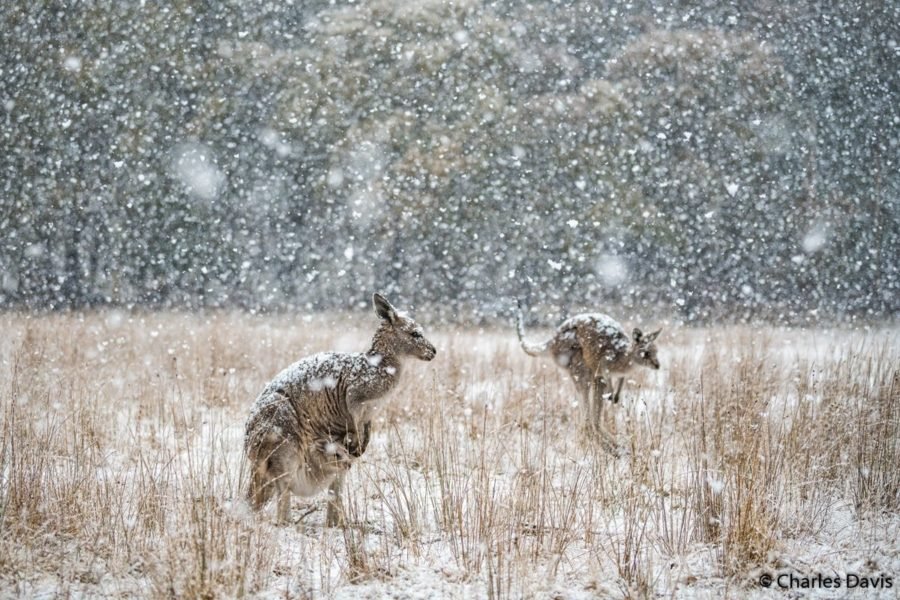Home Topics Wildlife AG Nature Photographer of the Year 2019: Animal habitat shortlist
AG Nature Photographer of the Year 2019: Animal habitat shortlist
By AG STAFF
•
27 June 2019

LIFE IN THE ESKYEASTERN GREY KANGAROOMacropus giganteusI’d been chasing storms all winter to film kangaroos in the snow; this stormin particular held lots of promise. The snow started coming down like largesnowballs and the roos could do nothing but stand and be engulfed in the blizzard. The snow swirled around them from all directions and in 10minutes the world was white.Kosciuszko National Park, New South WalesNikon D850, Nikon 24–70 f2.8, 1/1000, f/2.8, ISO 500
Image credit: Charles Davis, New South Wales
In this category, we asked for photos showing animals in the environment in which they live – this environment could be natural or built, and the animal, either native or feral. The only rule was that the animal must not be captive and has claimed the habitat independently. This shortlist shows the beautiful variety of landscapes and animals we enjoy in Australia. These photos will be exhibited at the South Australian Museum in Adelaide from Friday 16 August until Sunday 10 November 2019 and the Museum of Applied Arts and Sciences in Sydney from Friday 16 August until Sunday October 20
Read Next Recommendations

